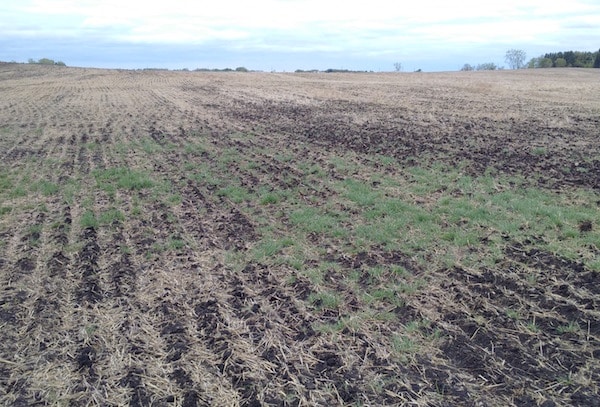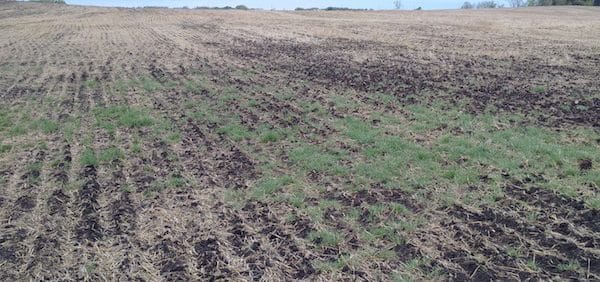If choosing to seed before spraying, weeds present will have a minimum five days — usually more — before the crop emerges. These weeds can advance very quickly in good conditions, which is why growers who seed before spraying may choose to apply in the narrow post-seeding pre-emergence window.

Consider the following risks with this practice:
1. If a burnoff doesn’t get done before the crop emerges, the crop is in a significant yield loss situation. In-crop weed control needs to occur as soon as possible.
2. The longer the weeds persist from the point of emergence until they are dead, the greater the yield loss. The larger the weed at the time of crop emergence, the greater the speed at which yield is lost following emergence.
3. The later into May, the greater the chance that air and soil temps will increase quickly. Warmer soils mean quicker crop emergence. The faster crops emerge, the more likely the pre-emerge weed control window will be missed altogether.
Further reading:
Early weed control in cool or frost conditions
Early timing window for each herbicide system
